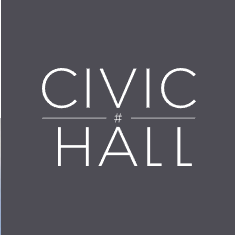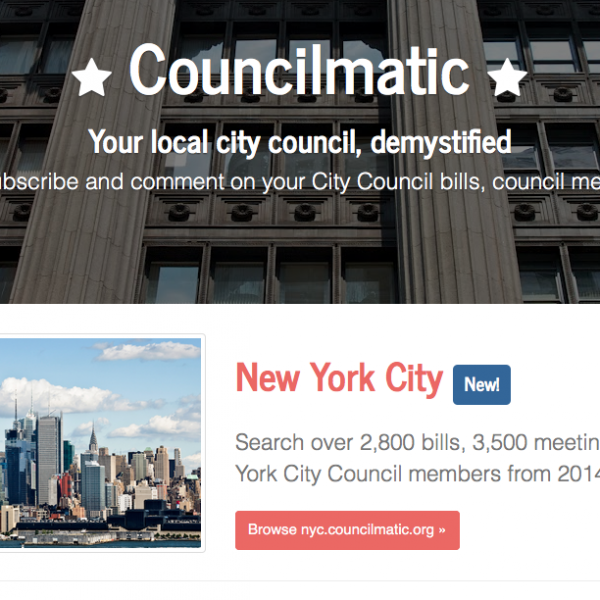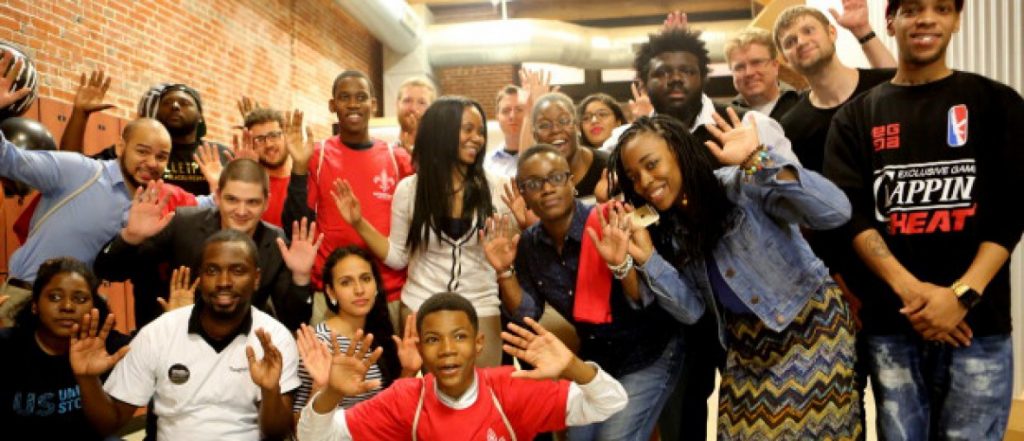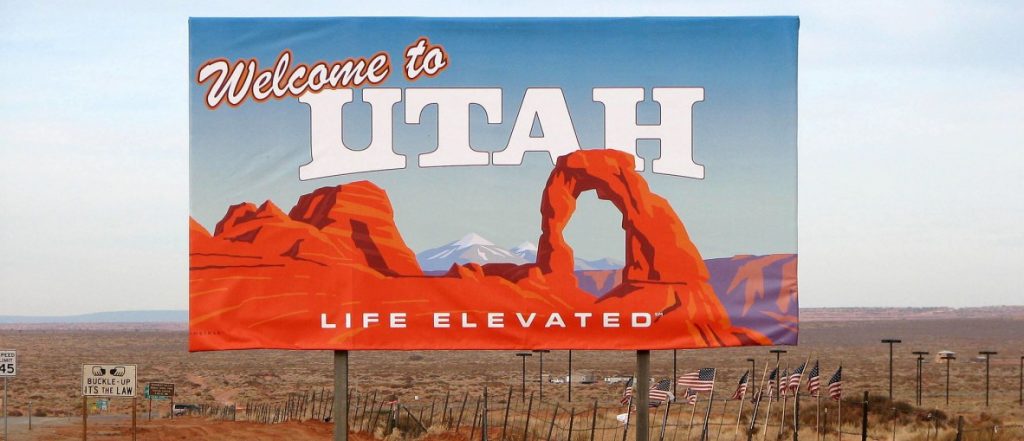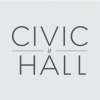STAR WARS GOES TO WASHINGTON
- ANDREW SLACK
- December 16, 2015
- 5:30 pm
A campaign by Civic Hall fellow Andrew Slack to unite Star Wars fans against the Empire of Darth Money.

As we speak, the dream life of Star Wars and waking life of politics are merging. One of history’s most popular authors, JK Rowling tweeted she believes Trump is so evil, that even in her deepest imagination she could not come up with someone as terrifying. Darth Trump is spreading on YouTube at Ludicrous Speed. This is not to mention that Ted Cruz’s campaign is offering a chance to see the film with Cruz (and they have him with a light saber). Bernie Sanders fans are saying, “You’re my only hope,” libertarians are comparing Obama to the Emperor, and the internet is chock full of Star Wars Hillary Clinton memes that truly cross into the surreal.
The force of psychological energy for effective cultural acupuncture runs strong when Star Wars meets American politics. And here’s how we think Star Wars can help us build a real U.S. Rebel Alliance, spoken in the vernacular of the movie but written against the backdrop of our political reality:
We need to defeat the Empire of Big Money so that we may live in a Republic that is of, by, and for the Force—the Force of interconnectivity that is We The People, when all of our voices are heard.
Right now, the Empire of Big Money has struck back against We the People, silencing our voices with the force choke of Darth Vader. It is up to us, to step up as Jedi-in-training and join the U.S. Rebel Alliance, the way Luke starts his journey in A New Hope. Remember, when Obi Wan invites him to get off of the outer rim planet of Tattoine, he is resistant:
“Look, I can’t get involved. I’ve got work to do. It’s not that I like the Empire; I hate it, but there’s nothing I can do about it right now… It’s all such a long way from here.”
Similarly, 84 percent of Americans polled believe that the Empire of Big Money is a problem but probably less than 1 percent feels agency to do something about it. It is time to awaken the Force of We The People and that is what we intend to do with the U.S. Rebel Alliance.
In the United States, we are 330 million people, all of us heroes waiting in the wings, wishing to go an epic journey but nervous to take on the Empire. And while activists work on issues around gun laws, taxes, climate, religion, racial justice, and economic equality, it’s pretty clear that regardless of where we stand on these issues, should any of us want to be effective on them, we need to recognize that the Empire standing in our way is Big Money.
To paraphrase both Joseph Campbell (whose concepts profoundly influenced the writing of Star Wars) and Ben Cohen from Ben and Jerry’s: if you want to understand what empire you are living in, look to the tallest building in the city. In the 1400s in Western Europe, the tallest building was the Church. By the time of the American Revolution, the tallest building became the political palace, the nation state. By the end of the 20th century, the tallest building in the city became the multinational corporation in the financial district.
We now have an empire that is of, by, and for the corporations. The Empire of Big Money. In the words of one presidential candidate, “Congress does not govern Wall Street. Wall Street governs Congress.”
But it doesn’t have to be this way. As the saying goes, it is far, far better to light even the smallest candle than to curse the darkness. This past November, both Maine and Seattle won ballot initiatives setting up small-donor public financing systems. We the People spoke up against the Empire; candles were lit. Regardless of the Empire’s Dark Side, we can spread the light of those candles across our Republic. And that is what we are doing with the U.S. Rebel Alliance.
We are asking people to sign the Jedi Pledge to end the Empire of Big Money, to share this video starring Mark Ruffalo, Heather McGhee (head of Demos), Darren Criss (star of Glee), Baratunde Thurston (The Daily Show), and more. This Sunday from 7pm ET to 10pm ET, we’re holding a live webcast to geek out about the new film, and we’ll be holding a meme contest on fighting Darth Money.
By signing the Pledge, that’s all just the warm up. As we roll out on Twitter as @usrebelalliance, as well as on Facebook, Tumblr, and YouTube, you’ll hear about actions to get President Obama and the candidates to sign the Jedi pledge and use that to create accountability. We want to help make the very needed issue of Big Money center stage in the U.S. primary. Imagine getting the debate moderators to ask the candidates, “A lot of Americans are comparing Star Wars to the Empire of Big Money. If the Death Star is as they suggest, made by Darth Money and Super Pacs, how do you respond?”
In defiance of the notion that “serious topics” must only be addressed “seriously,” we are aiming to turn this winter into a Star Wars U.S. Rebel Alliance party to create change. We plan to use storytelling through social media, guerilla theater actions, and even U.S. Rebel Alliance hotlines in a where we are the heroes in a real world choose your own adventure.
But You are Our Only Hope! We want your ideas on strategy regarding the larger campaign, social media, guerilla theater, pragmatic asks, and more. We want to work with you on how to get people who have never been engaged in civic life to be working alongside veteran activists.
It is time for the franchise that brought us Obi Wan Kenobi to invite 330 million American heroes waiting in the wings to go on an adventure that balances the Force of We the People. It is an adventure to bring down the Empire of Money in politics while lifting up the heroic agency that flows deep in each of us. It is time to make good on our childhood dreams of becoming the heroes’ in films like Star Wars.
May we use the common thread of Star Wars to Awaken the Force that is We the People. May our light emerge from the Dark Side and the Empire. And #MayTheForceBeWithUS.
